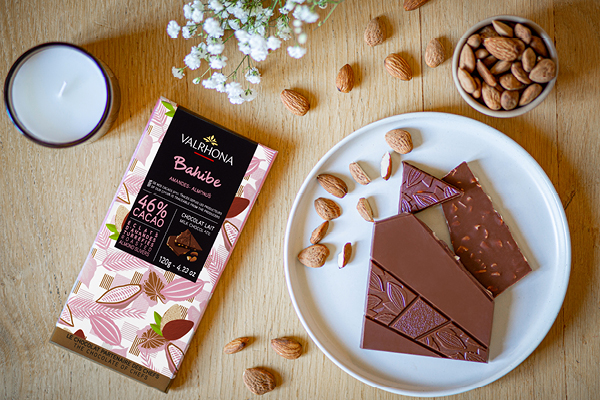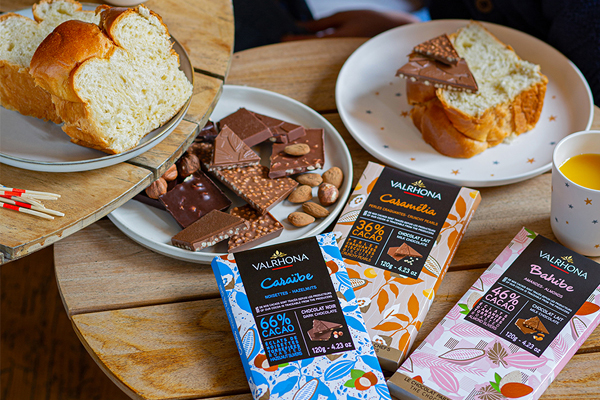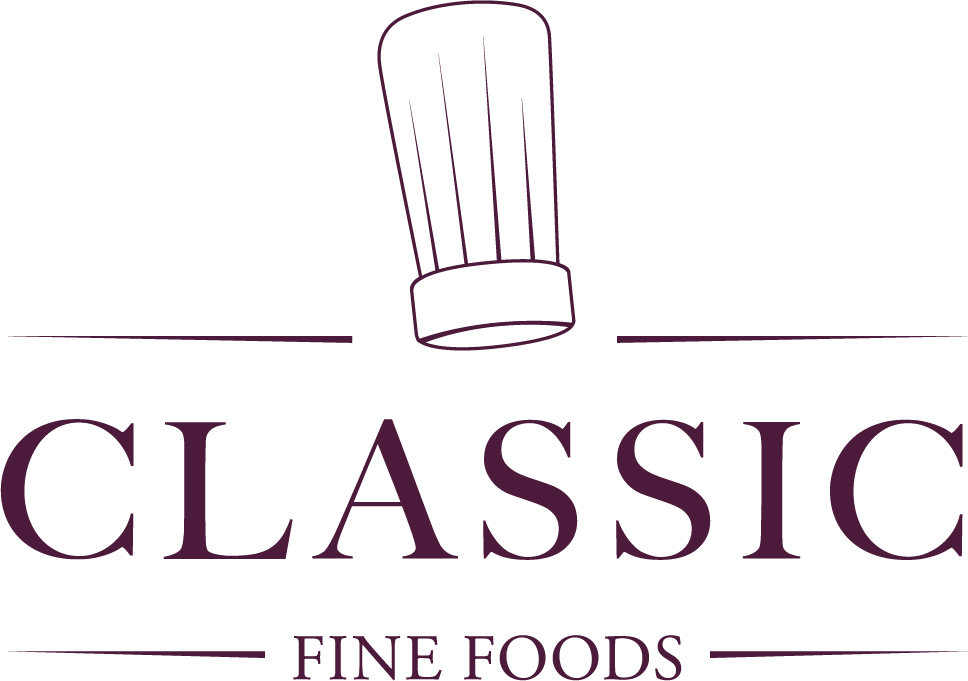A chocolate lover’s guide. When asked how to taste chocolate the most important word to remember is that third word, TASTE.
Eating is a means of creating energy, the initial act of digestion, similarly sugars and fats are nutrients that our bodies are (for good or bad- depending upon your opinion and will power) evolved to crave.
Our brains still push for us to eat as much fats as possible uncertain when we would next get such a treat. Similarly, our brains are hard wired to push for sugars, as glucose is the vital fuel that works the brain itself. It is for this reason that we always seem to have that space at the end of a long meal for something sweet. Our bodies are full, our brain is still hungry.
For this reason, it’s important not to be too hungry when doing a tasting, you will never appreciate the flavours if you are too busy eating to actually taste it. If you need to fill yourself up, pallet cleansers such as green apple, polenta, water biscuits and water will help keep the pallet clean and the stomach full.

In case it was not clear from the above, take your time and avoid distractions. No one should be rushing you to taste something.
You need time to think about what it is you taste, what it reminds you of, have you experienced this before and if so, is the memory recent or does it come from childhood, was it what you expected to taste?
Our brains will come up with all these answers as an emotive response, something that is hugely important in tasting but if you adore a flavour or indeed hate something it is of huge benefit to understand why that is. This will help you understand your tastes and expand your pallet.
When tasting anything but especially chocolate it is vital to use all 5 senses. Sight, Sound, Smell, Taste and Touch. Each in turn will gives you hints to what you are about to try and hugely impact that ever vital fourth sense.
Ok, we are ready to taste! You have 2 ways to go around this. Sarah Jane Evans in the excellent Chocolate Unwrapped notes the quick method. “Look. Listen, Sniff, taste”. Glance at the bar, snap it to your ear, sniff to savour the aroma and taste. On the taste, make sure you slow down a bit to let the chocolate melt across the pallet, letting the flavours release slowly.

It is vital to use all the senses when tasting. Sight, Sound, Smell, Taste and Feel.
Sight
Sight can means many things. I am going to take out the packaging in this discussion which of course can hugely change what we think and what we taste. Do not get me wrong, chocolate if we were to pick a colour would be brown but when you line up a range of couvertures you will soon see a huge array of variants and hues. A reddish note can give you some indication to the origin or species of bean, the lightness of hue can give you some indication of percentage. One thing that will always stand out is the shine, this will give you a clear indication that the chocolate has been correctly tempered and is ready to eat.
Sound
I have always taken great enjoyment in getting people to listen to their chocolate (particularly if this then leads to a confused look at people raise the uneaten bar suspiciously to their ear). During tasting we talk about a good, clean snap. This is where you snap the bar next to your ear and should hear a clear crack as the tempered cocoa butter crystals snap. If your chocolate has dull thud this shows often that the chocolate has been mixed with other fats or badly tempered so not a good start.
Smell
Smell is hugely important when it comes to taste. Over 80% of everything we taste comes from the smell and not the taste on the pallet. Treat the chocolate like a fine wine a quick sniff will give you a good overview of what to expect before a deep full smell to get a full idea of the flavour. It may surprise you the difference between the two.
Taste
After you have made yourself wait this long enjoy it remember to take your time really think about the flavours you get and roll the chocolate around your mouth, breathing through your nose throughout as this will add aromas. Experts will always tell you to let the chocolate melt naturally but as you have snapped your chocolate try it both ways. See the difference between eating a piece of chocolate and tasting. Once again you may be surprised by how the flavour develops or completely new flavours you never knew you discovered.
I would say this is something that is interesting when applied not only to fine chocolate but trying commercial chocolates and childhood flavours such as Dairy Milk or Galaxy. When eating it quickly, lets be clear, it’s a pleasurable experience, sweet with a thick rich fattiness. When we take our time and taste it suddenly that thickness becomes claggy, that creaminess becomes stale, and sweetness is somehow both bland and overpowering at the same time.
Touch
Often forgotten but so important when talking about tasting. Your mouth and lips are full of nerve receptors and as such is hugely receptive to touch (just think of the tingle of a chilli or the pain of biting the inside of your cheek!). When tasting think how the melt of the chocolate feels detects the graininess of the chocolate, if there are inclusions how easily and pleasurable is it to break them down in the mouth? What flavours expand or contrast as you do so?
Remember all tasting is subjective, no one has ever tasted something the exact same way as you have.
The combination of your own experience, your cultural understanding of those flavours, your emotional responses to those flavours, these all combine to give your unique perspective on taste. Simran Sethi in their great book ‘Bread, Wine, Chocolate the slow loss of the foods we love’ puts it beautifully.
‘It happens in the immediacy of a moment but, simultaneously reflects the long history of who we are, as well as the flavours of our collective memory”.
As such never be afraid to say what you taste. Your experience is correct to you and can often give others a new perspective on their own.
Most of all, Enjoy it!
A chocolate lover’s guide by Sam Smallman Chocolate Specialist.

Find Sam's favourite chocolate here
“You should never, never doubt something that no one is sure of.” ― Roald Dahl, Charlie and the Chocolate Factory





